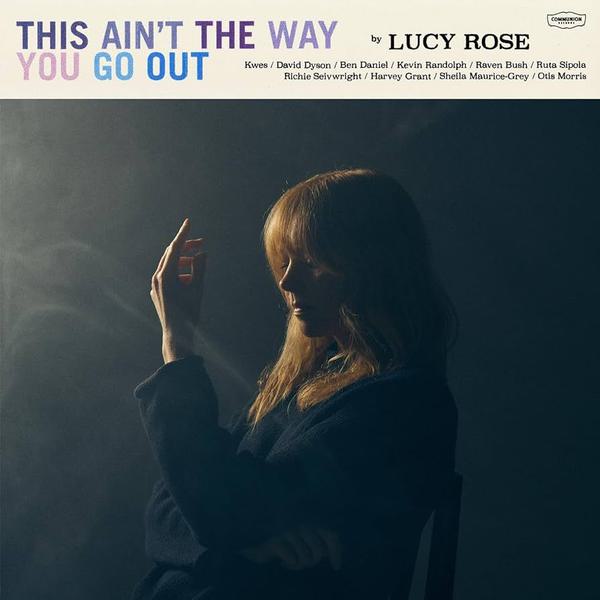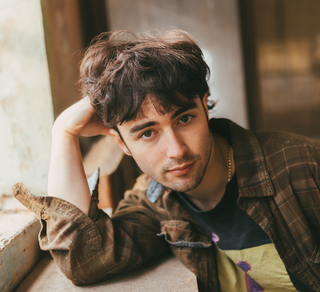Candoco Dance Company celebrate 25 years with performances to Nils Frahm and Laurie Anderson scores
The music of Nils Frahm and Laurie Anderson is very different, although they share a subtle mastery of rhythm.
Frahm’s work excavates the piano as an instrument of percussion, while using repetition to tease out looping demarcations of time. Anderson, on the other hand, has an appreciation for meter as a spoken word artist, delivered over tight electronic bedrocks.
Though they might stand in stark contrast to one another in many ways, they both offer an equally natural canvas for dance, and provide the soundtrack to an outstanding performance at Sadlers Wells in London tonight (21 October).
The first piece – Beheld – is set to a selection of pieces from Nils Frahm’s opus Spaces. Frahm’s music is always deeply expressive, but it varies in texture and tone from near-ambience and minimalism, to swelling cascades of melody, and this is especially so on Spaces. Candoco make use of this range handsomely, putting together a piece which finds both joy and foreboding in the music of Frahm.
Beginning with languid, concentric motions set to ‘An Aborted Beginning’, the piece pivots on its heel with the arrival of ‘Hammers’, finding Frahm at his most frantic and staccato. Lurching through wild movements, a solitary dancer breaks free of the established circular motions, exploring new patterns of movement across a block of coloured light. Setting up these contrasts between sections, the piece develops the feel of episodic narrative, arriving at a satisfying conclusion which finds symmetry with its opening moments.
While Beheld moves between distinct sections with contrasting energies, moods, styles and tones, the second half’s piece Set and Reset/Reset offers more surface level unity. Set to one evolving, 25-minute piece of music by Laurie Anderson, chopping and splicing her voice across random stabs of electronics and drum fills, the seven dancers rush through each other’s space, moving apart and coming together with less distinction between solos, duets or ensemble dancing. The piece feels more chaotic and fluid; at once looser in feel than the previous half, as well as being incredibly tightly controlled. It is a fitting and natural climax to the dynamic breadth of the first piece.
As the 25th celebrations of a dance company famed for their inclusive mix of able bodied and disabled dancers, it’s impossible not to reflect how representations of disability in the arts and public culture have evolved in those two and a half decades – and how Candoco is a brilliant example of how things could and should be.
Never is there the temptation of making the patronising and minimising claim that you don’t even notice they’re disabled. Their disabilities - along with their crutches and chairs – are evident. But neither are you reduced to equally patronising claims of super-humanism, the likes of which we saw from Channel 4 during the Paralympics. Even during one particularly jaw-dropping duet where a wheelchair user matches the leg movements of an able-bodied dancer, lifting their chair into the air through upper body strength, Candoco never flirt with kitsch implications of exceptionalism. The dancers are neither more nor less than what they are: one form among seven, creating a beautiful and emotive evening of dance.
- Alfie Templeman previews second album with new single, "Hello Lonely"
- Stevie Nicks has written a poem on Taylor Swift’s The Tortured Poets Department
- Nas announces Illmatic 30th anniversary UK headline tour
- David Byrne unveils his cover of Paramore's "Hard Times"
- FOCUS Wales Festival unveils full film programme for 2024
- HONNE return with new single, "Imaginary"
- K-Trap announces his forthcoming debut album, "SMILE?"
Get the Best Fit take on the week in music direct to your inbox every Friday

Taylor Swift
The Tortured Poets Department

Chanel Beads
Your Day Will Come

Lucy Rose
This Ain't The Way You Go Out





